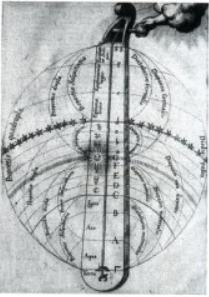Descrizione
Storia dell’Arte 139, Settembre – Dicembre 2014
María Paz López-Peláez Casellas
La representación iconográfica de los musulmanes en la Europa del Barroco: la construcción de identidades
This paper explores the notion of “alterity” and the processes that contribute to produce what we could call a “Muslim identity” by means of the iconography of the 16th, 17th and 18th centuries. Likewise, we will claim that the images of the period, far from merely reproducing these processes, play an active role in the symbolic production of meaning leading to this fashioning of identity. Stemming from I. Lotman’s cultural semiotics (and more specifically from his notion of the “emiosphere”), we will examine how iconography from this period seems to address various kinds of Christian-Muslim conflicts, highlighting its role in identity-shaping. To this end, we will analyze representations of the Muslim Other in instances taken from emblematic literature, treatises on iconology and numismatics, pamphlet literature, and frontispieces from books published in Spain, Italy, England, France and the Netherlands throughout these centuries. We will conclude that this iconography contributes to the ultimate solidification of prejudice against Muslims. These, reductively equated with the Ottomans, will be eventually scripted by these stereotypes.

